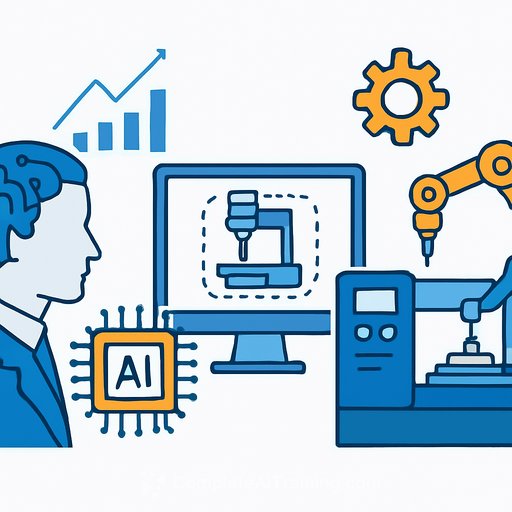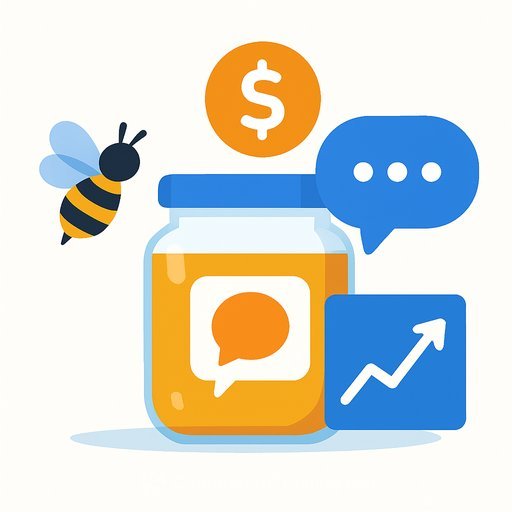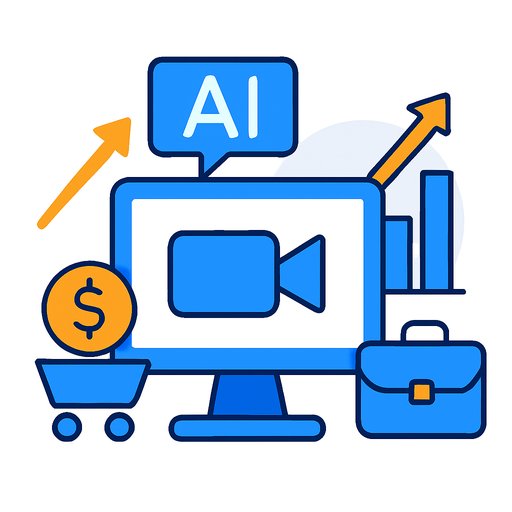AI-Driven CNC Machining for Smarter Manufacturing Operations
Uptime, cycle time, and first-pass yield aren't abstract goals. They live and die by the decisions your machines make every second.
AI gives your CNC equipment the ability to sense, learn, and adjust in real time. The result: fewer surprises, more throughput, and a floor that runs on data instead of guesswork.
What actually changes with AI in CNC
Traditional CNC runs on fixed programs and scheduled checks. AI adds feedback loops that tune feeds, speeds, and toolpaths on the fly based on live signals.
Think tool wear detection, chatter avoidance, and automatic offset updates. Your machines stop reacting late and start correcting early.
From blueprint to spindle: design for adaptability
Efficiency starts at the CNC tool design and control stack. Responsive motors and drives matter, but the real gains come from how the controller ingests and uses data.
Plan for quick tool switching, parameter variation by material lot, and software-driven optimization. The controller should treat data as a first-class input, not an afterthought.
Why edge intelligence beats cloud-only on the shop floor
Sending every sensor stream to the cloud adds cost, latency, and risk. Operators need answers locally, in milliseconds, not minutes.
Edge AI pushes inference next to the machine, so you get fast decisions, lower bandwidth use, and better control over sensitive production data.
Digital twins that actually help operators
A digital twin (DT) mirrors machine behavior, then tests adjustments virtually before you push them to production. Paired with edge AI, it becomes a practical tool, not a dashboard toy.
Run "what-ifs" on tool wear, thermal drift, or vibration, validate the outcome, then close the loop to the controller. That's how you compress troubleshooting time from hours to minutes.
Learn more about DT fundamentals here: NIST on Digital Twins.
Core use cases that move the needle
- Predictive maintenance: Estimate time-to-failure for spindles, bearings, and tools. Schedule work during natural lulls instead of killing a shift.
- Tool life optimization: Track wear patterns by material, path, and operator. Stretch life without risking scrap or poor surface finish.
- Adaptive control: Adjust feeds/speeds in real time based on load, temp, and vibration to maintain tolerance and prevent chatter.
- Setup and changeover: Recommend offsets and fixtures by part family to cut setup time and variation.
- Scheduling with ML: Use metaheuristics improved by machine data to sequence jobs for less idle time and fewer changeovers.
Data you'll need (and what to do with it)
- Signals: Spindle load, axis current, vibration, temperature, acoustic emissions, tool usage counters, and quality results.
- Context: Program ID, material lot, fixture, operator, tool IDs, and maintenance logs.
- Pipeline: Collect via OPC UA/MTConnect, buffer at the edge, run models locally, and write back setpoints or alerts to the CNC.
- Governance: Version your models, track data lineage, and keep a rollback path for every change.
90-day implementation plan
- Days 1-30: Pick one high-volume cell. Instrument two machines. Baseline current KPIs (OEE, scrap, unplanned downtime). Stand up an edge node.
- Days 31-60: Deploy anomaly detection for spindle load and vibration. Add tool life prediction. Trigger operator prompts, not auto-control yet.
- Days 61-90: Close the loop on one parameter (e.g., feed rate under defined thresholds). Compare to baseline. Document gains and operator feedback.
Metrics that prove value
- Downtime: -20-40% unplanned stops in pilot cells.
- Tooling cost per part: -10-25% with wear-aware scheduling.
- Cycle time: -3-8% with adaptive feed/speed and better changeovers.
- First-pass yield: +2-5% from drift correction and early anomaly flags.
Architecture checklist (keep it simple first)
- Machine connectors (OPC UA/MTConnect) to an on-prem edge gateway.
- Local feature extraction and ML inference; cloud only for training and backups.
- Digital twin for safe testing; promote only validated changes.
- APIs back to the CNC for soft limits, offsets, and alerts.
- Role-based access, signed models, and network segmentation.
What to ask your vendors
- Do you support edge inference on my controller or gateway hardware?
- Can I version models, simulate changes, and roll back instantly?
- How do you handle data ownership, on-prem storage, and encryption?
- What KPIs do past customers improve, and in what timeframe?
- Can operators override and annotate events for retraining?
Common pitfalls (and how to avoid them)
- No context in the data: Tie every signal to tool, program, and material lot or the models will drift.
- Cloud dependency: Keep decisions local; use the cloud for training and fleet benchmarking.
- Change without trust: Start with operator prompts, then graduate to auto-adjustments with clear guardrails.
- One-off pilots: Standardize connectors, naming, and dashboards so wins scale past one cell.
The bottom line for Operations
AI isn't about flashy demos. It's about predictable output, fewer headaches, and a cleaner cost curve.
Put intelligence at the edge, use a digital twin to test changes, and close the loop in small steps. The gains compound fast once the feedback cycle is in place.
Upskill your team
If you need practical training to bring AI into daily operations, explore role-based options here: Complete AI Training - Courses by Job.
Your membership also unlocks:






